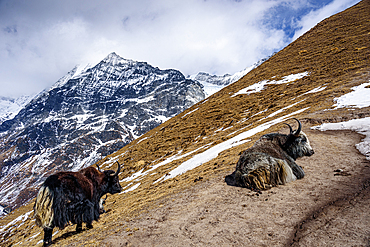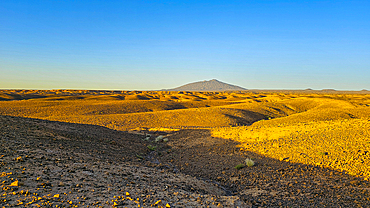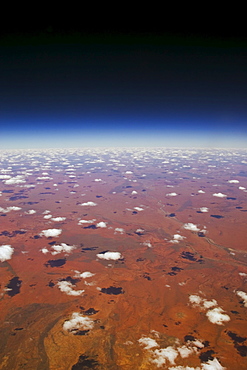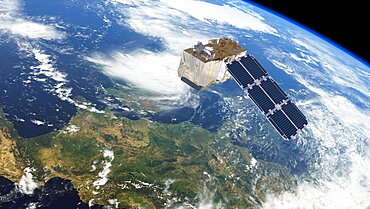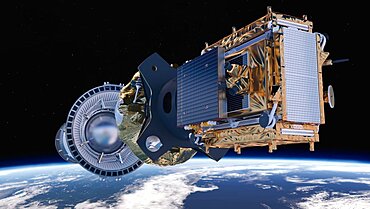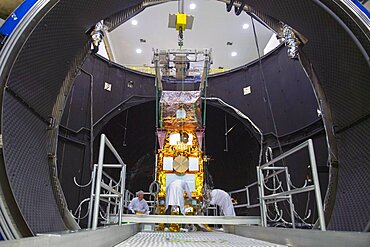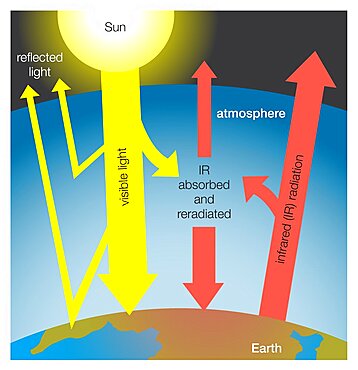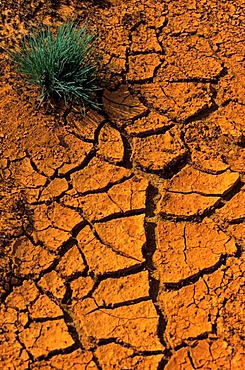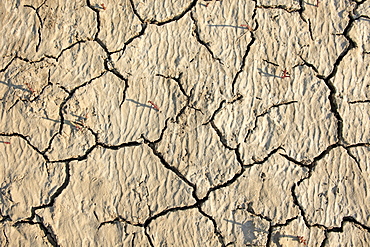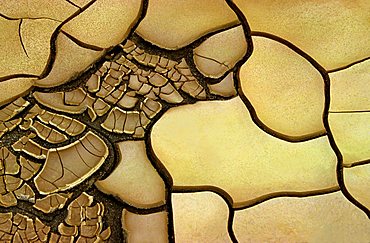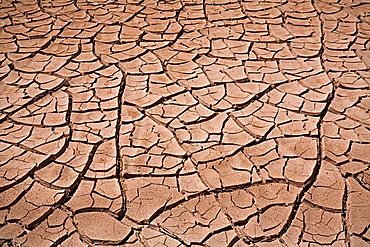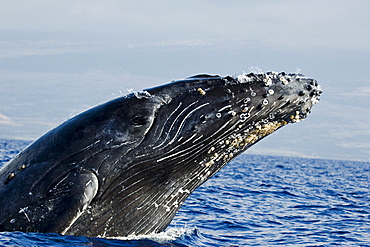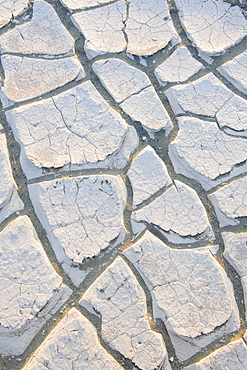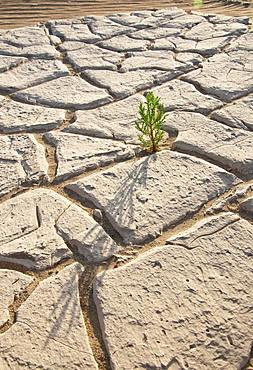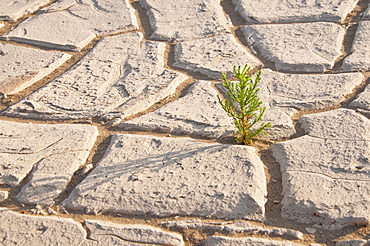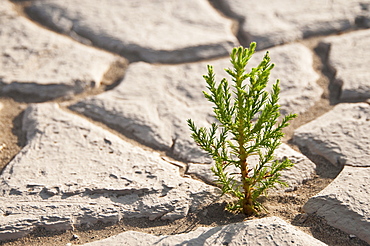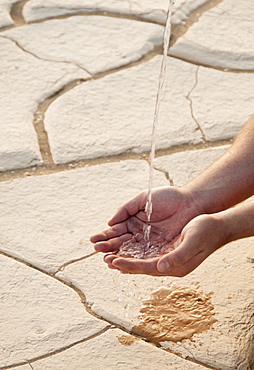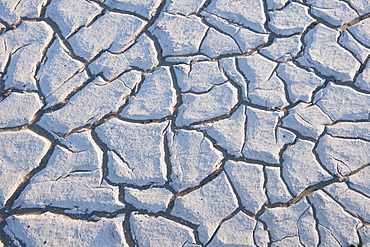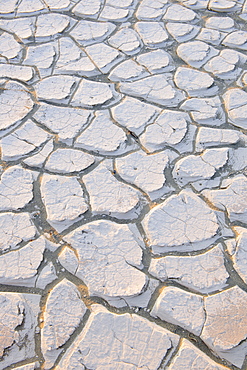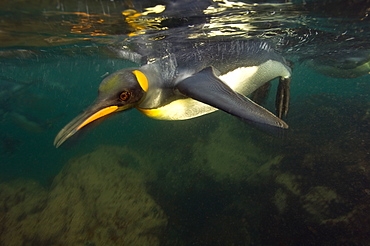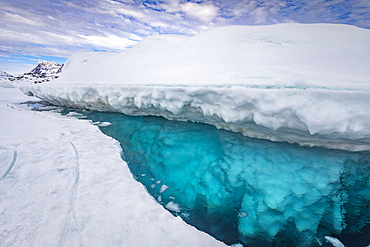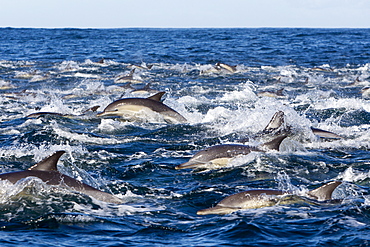Results
11 results found
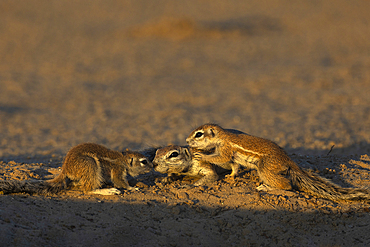
Ground squirrels (Geosciurus inauris), Kgalagadi Transfrontier Park, Northern Cape, South Africa, Africa

Volcanic peaks against deep blue sky, Jandia peninsula, Fuerteventura, Canary Islands, Spain, Atlantic, Europe
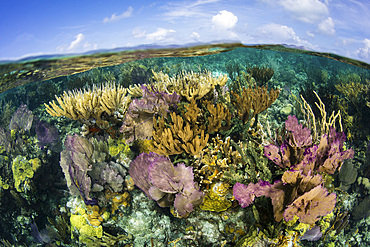
A beautiful coral reef, dominated by colorful gorgonians, grows along the edge of the Blue Hole in Lighthouse Reef in the Caribbean Sea. This reef is part of the massive Mesoamerican Reef System, the second largest barrier reef on Earth.
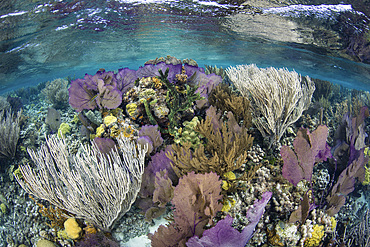
A beautiful coral reef, dominated by colorful gorgonians, grows along the edge of the Blue Hole in Lighthouse Reef in the Caribbean Sea. This reef is part of the massive Mesoamerican Reef System, the second largest barrier reef on Earth.
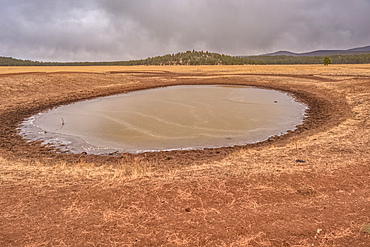
A cattle pond (livestock tank), partially frozen, Coconino National Forest Arizona, United States of America
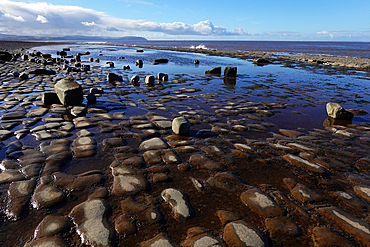
The intertidal zone of the Quantock Coast, West Somerset, contains an abundance of geology and wildlife. It is a Site of Special Scientific Interest (SSSI) and is of international geological importance.
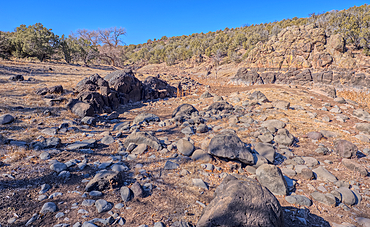
Basalt formation in Johnson Canyon east of the Bainbridge Steel Dam Lake near Ash Fork, Kaibab National Forest, Arizona, United States of America
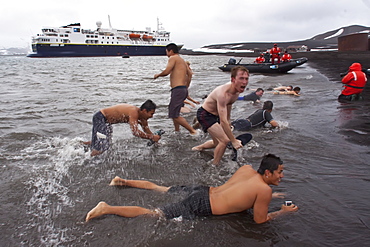
Guests from the Lindblad Expedition ship National Geographic Explorer lay in the relatively warm waters of the caldera at Deception Island, South Shetland Islands, Antarctica
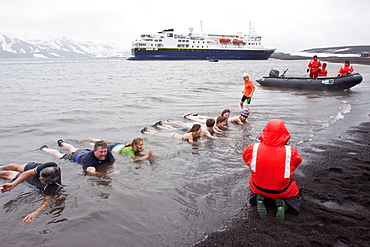
Guests from the Lindblad Expedition ship National Geographic Explorer lay in the relatively warm waters of the caldera at Deception Island, South Shetland Islands, Antarctica
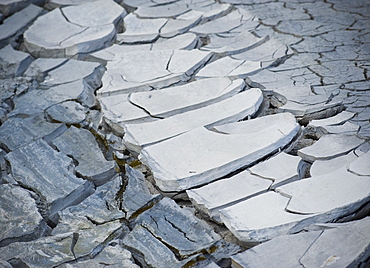
2008 Uzon Valley Vista, geothermal ground, 2008, Water table, mud flats, sulphuric mud, volcanic mud, geothermal surface. Valley Of Uzon, Valley of Geysers, Petroavlovsk, Russia, Asia
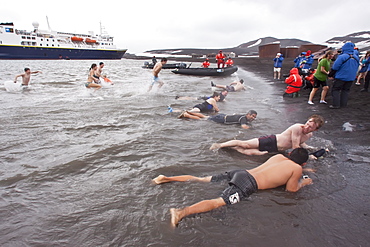
Guests from the Lindblad Expedition ship National Geographic Explorer lay in the relatively warm waters of the caldera at Deception Island, South Shetland Islands, Antarctica
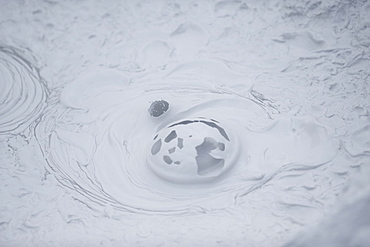
Geothermal activity, Sulphur mud, volcanic activity, Valley Of Uzon, Valley of Geysers, Petroavlovsk, Russia, Asia

USA from space at night concept with street lights on panoramic. Some elements sourced from NASA public Domain.
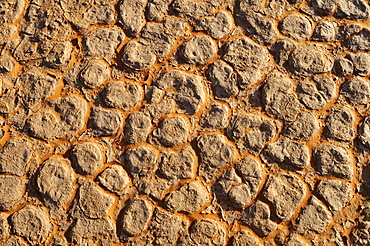
Broken surface of a salt and clay pan, In Tehak region, Acacus Mountains or Tadrart Acacus range, Tassili N'Ajjer National Park, Algeria, Sahara, North Africa
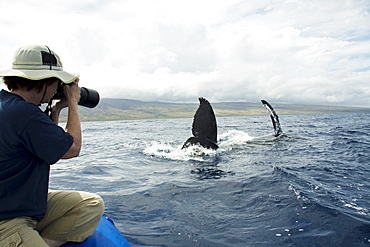
Hawaii, Maui, Lahaina, A photograher on a whale watching boat out of got a close up look at the tail of a humpback whale (Megaptera novaeangliae).
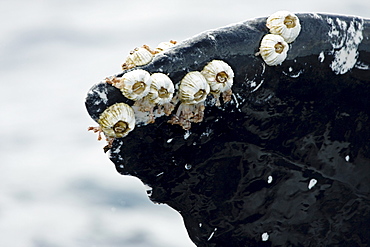
Hawaii, Acorn barnacles (Coronula diaderma) and goose neck barnacles (Conchorderma auritum) attached to a Humpback whale tail (Megaptera novaeangliae).

Hawaii, Maui, Lahaina, A photograher on a whale watching boat out of got a close up look at the tail of a humpback whale (Megaptera novaeangliae).

California, A blue whale (Balaenoptera musculus) surfaces and exhales. Blue whales are the largest creature to ever live on our planet.

Hawaii, Maui, Lahaina, A photograher on a whale watching boat out of got a close up look at the tail of a humpback whale (Megaptera novaeangliae).
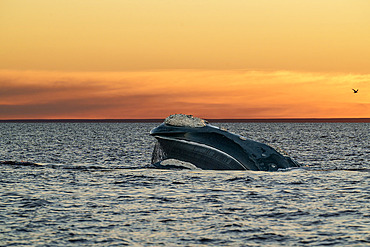
Southern Right Whale, (Eubalaena australis), filtering with the baleen plates at the surface in the shallow protected waters of the Golfo Nuevo, Valdez Peninsula, UNESCO World Heritage site, Argentina.

Volcanic underwater bottoms. True seamounts can be seen in the image, a natural monument made of basaltic columns called a columnar disjunction. The highest point is about 15 meters below the surface of the Atlantic Ocean and drops vertically to more than 40 meters at its deepest point. The place is known as La Rapadura on the coast of Santa Úrsula, north of the island of Tenerife. Seabed of the Canary Islands.
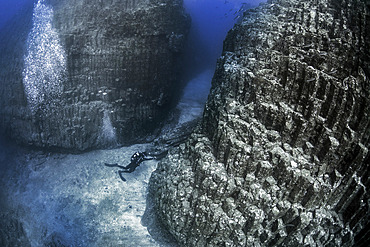
Volcanic underwater bottoms. True seamounts can be seen in the image, a natural monument made of basaltic columns called a columnar disjunction. The highest point is about 15 meters below the surface of the Atlantic Ocean and drops vertically to more than 40 meters at its deepest point. The place is known as La Rapadura on the coast of Santa Úrsula, north of the island of Tenerife. Seabed of the Canary Islands.
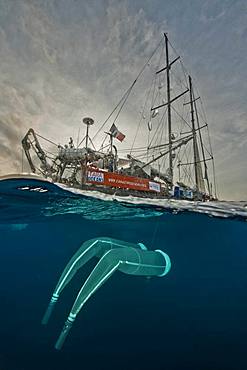
Tara Oceans Expeditions - May 2011. Tara with deployed plancton nets. On "station", the boat is drifting without engine or sails. Tara Oceans, a unique expedition: Tara Oceans is the very first attempt to make a global study of marine plankton, a form of sea life that includes organisms as small as viruses and bacterias, and as big as medusas. Our goal is to better understand planktonic ecosystems by exploring the countless species, learning about interactions among them and with their environment. Marine plankton is the only ecosystem that is almost continuous over the surface of the Earth. Studying plankton is like taking the pulse of our planet. Recently, scientists have discovered the great importance of plankton for the climate: populations of plankton are affected very rapidly by variations in climate. But in turn they can influence the climate by modifying the absorption of carbon. In a context of rapid physico-chemical changes, for example the acidification observed today in the world's oceans, it is urgent to understand and predict the evolution of these particular ecosystems. Finally, plankton is an astonishing way of going back in time ? a prime source of fossils. Over the eons, plankton has created several hundred meters of sediment on the ocean floors. This allows us to go back in time, to the first oceans on Earth, and better understand the history of our biosphere. More than 12 fields of research are involved in the project, which will bring together an international team of oceanographers, ecologists, biologists, geneticists, and physicists from prestigious laboratories headed by Eric Karsenti of the European Molecular Biology Laboratory. Galapagos
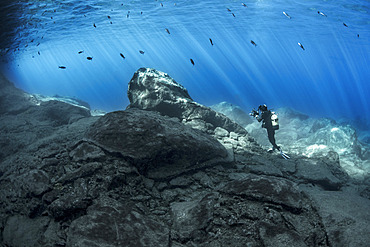
Rocky substrate, in the first few meters below the surface of the ocean. Volcanic underwater bottoms. La Gomera, Canary Islands.
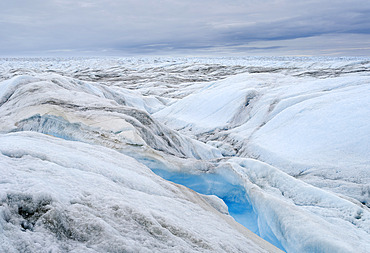
Drainage system on the surface of the ice sheet. The brown sediment on the ice is created by the rapid melting of the ice. Landscape of the Greenland ice sheet near Kangerlussuaq. America, North America, Greenland, danish territory
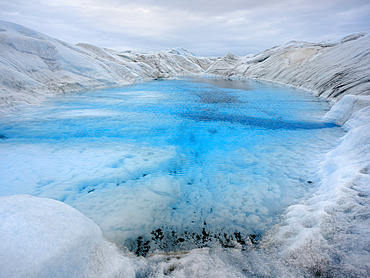
Drainage system with lake on the surface of the ice sheet. The brown sediment on the ice is created by the rapid melting of the ice. Landscape of the Greenland ice sheet near Kangerlussuaq. America, North America, Greenland, danish territory
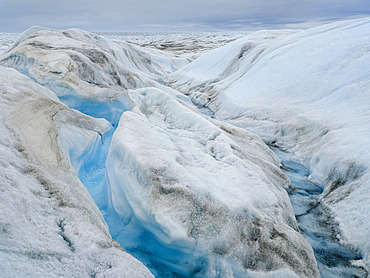
Drainage system on the surface of the ice sheet. The brown sediment on the ice is created by the rapid melting of the ice. Landscape of the Greenland ice sheet near Kangerlussuaq. America, North America, Greenland, danish territory
